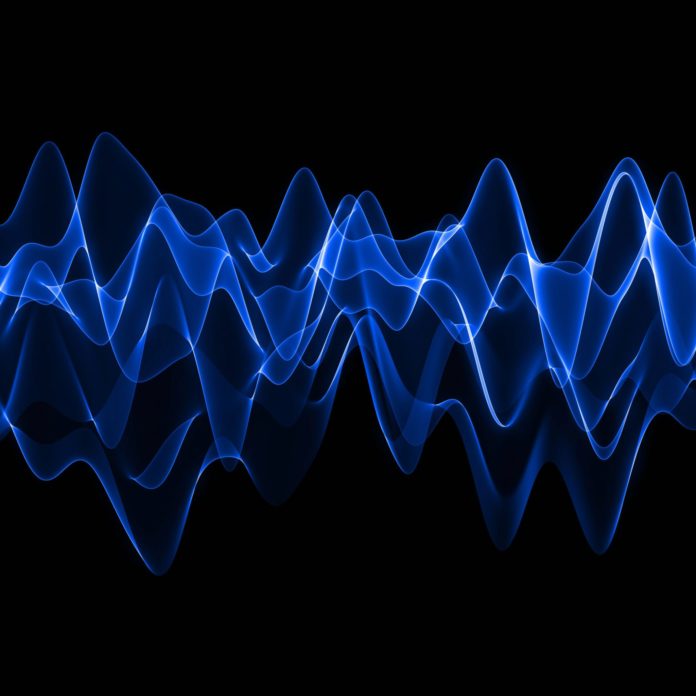The mobile industry divides the available airwaves for cellular systems into two broad categories: the frequencies below 6 GHz (Frequency Range 1, for standards purposes) and the frequencies above 6 GHz (FR 2). Sub-6 GHz frequencies are the ones which have historically been used to build cellular systems, generally from a range of about 600 MHz to the “midband” frequencies from around 2.5-4 GHz. Unlicensed frequencies at 5-6 GHz can be used for cellular in the form of License-Assisted Access as well.
5G brings into play the FR2 spectrum range, which has been used in networks for point-to-point network transmission and backhaul, rather than serving individual user devices. Here are some basics to know about mmWave spectrum:
-The airwaves “above 6 GHz” are commonly lumped together as “millimeter wave,” but the actual bands licensed by U.S. operators start at 24 GHz and jump to 28 GHz and 39 GHz. The Federal Communications Commission last year held a series of three mmWave auctions that auctioned spectrum at 24 GHz, 28 GHz, upper 37 GHz, 39 and up to 47 GHz.
–The actual wavelengths of most of those “millimeter wave” frequencies is actually closer to a centimeter. The full wavelength size for 24 GHz is 12.5 mm, for instance, while 39 GHz is about 7.69 mm per wavelength and 47 GHz is 6.38 mm. Comparatively, one full wavelength of 600 MHz is half a meter.
–mmWave has several inherent characteristics that make it challenging to use. As spectrum goes, the higher the frequency, the greater the path loss and therefore, the shorter the range of each cell site. While mmWave has been tested in “extended range” situations and achieved peak distances of more than 5 kilometers for Fixed Wireless Access, testing standard outdoor cellular mobility scenarios has shown a maximum range more on the order of hundreds of feet, or a couple thousand feet from the cell site.
-mmWave signals work best – although not exclusively – when the device has line-of-sight connectivity to the base station. The signals are highly directional and can reflect off of buildings in an outdoor environment or windows and screens in an indoor environment, but they don’t “bend” around corners, or diffract, the way that lower frequencies can, as Arnd Sibila, technical marketing manager at test company Rohde & Schwarz, explains.
-In an outdoor environment, mmWave signals can be impacted by weather conditions, including snow, rain and even fog. If something more substantial passes between the device and the gNodeB – a vehicle, a person or multiple people – it also can disrupt the connection, however briefly.
“A leaf, your hand on your phone, your body standing in front of the signal [source] – there’s so many factors that come into play when you’re talking about mmWave,” said Jon Bacon, VP of marketing for signal booster company Surecall. He added that there are also seasonal changes in reported network issues: More problems in the spring, fewer in winter.
–To compensate for higher pathloss and shorter range, 5G systems are making use of beamforming and beamsteering with complex antenna arrays that direct high-gain beams toward user devices, either in a static grid or with more sophisticated tracking of devices. However, the use of beamforming means that the angle at which the beams strike the device – the angle of arrival – is quite important, and the arrangement of the antennas within the user equipment is crucial as well. The difference between holding a mmWave in your right hand versus your left (depending on your orientation to the nearest base stations), or in portrait mode versus landscape mode, can make a significant difference in device performance, according to testing done by Signals Research Group.
Each of the three remaining national carriers is bringing multiple bands to bear on providing 5G, relying on lower bands (sometimes with the help of Dynamic Spectrum Sharing) for broad geographic coverage, and on mid-band spectrum – to the extent they have it – for a combination of capacity/speed and coverage, with performance that is significantly better than LTE but not quite as good as mmWave can provide. Each carrier’s 5G strategy is, in its own way, a reflection of the spectrum that they have now, and anticipate being available in the next few years, as they work to scale their 5G deployments.
So mmWave isn’t the only spectrum that U.S. carriers have to work with – but it’s the only one with its particular combination of challenging propagation characteristics alongside massive channel bandwidths that will support the most demanding characteristics of 5G.

